When it comes to utilizing a trailer for hauling or transporting goods, one critical component that significantly enhances functionality is a water tank. The placement of a water tank on a trailer, however, is not a mere afterthought. Instead, it involves thoughtful consideration of various factors to ensure balanced weight distribution, accessibility, and safety. This article delves into the nuances of where to mount a water tank on a trailer, providing a detailed guideline that aims to facilitate informed decisions among trailer manufacturers and users alike.
Understanding the Importance of Water Tank Placement
Water tanks are essential for diverse applications, ranging from agriculture, construction, to recreational purposes. Each application has its own set of requirements regarding water tank size, shape, and mounting position. Understanding these requirements can significantly impact the trailer’s overall functionality and performance. Below, we outline the core reasons why water tank placement is crucial:
| Factor | Details |
|---|---|
| Weight Distribution | Proper placement helps maintain vehicle balance and prevents swaying. |
| Accessibility | Easily accessible tanks facilitate quicker and safer refueling or usage. |
| Safety Concerns | Properly secured tanks minimize risks of leaks and accidents during transport. |
| Operational Efficiency | Efficient placement aids in optimizing the trailer’s functionality. |
Weight Distribution and Balance
When deciding where to mount a water tank on a trailer, the center of gravity should be the primary concern. A well-placed tank can significantly affect the trailer’s handling characteristics, especially when loaded. Ideally, the tank should be mounted low and close to the trailer’s axle to ensure even weight distribution. This placement not only enhances stability but also minimizes the risk of tipping during transit.
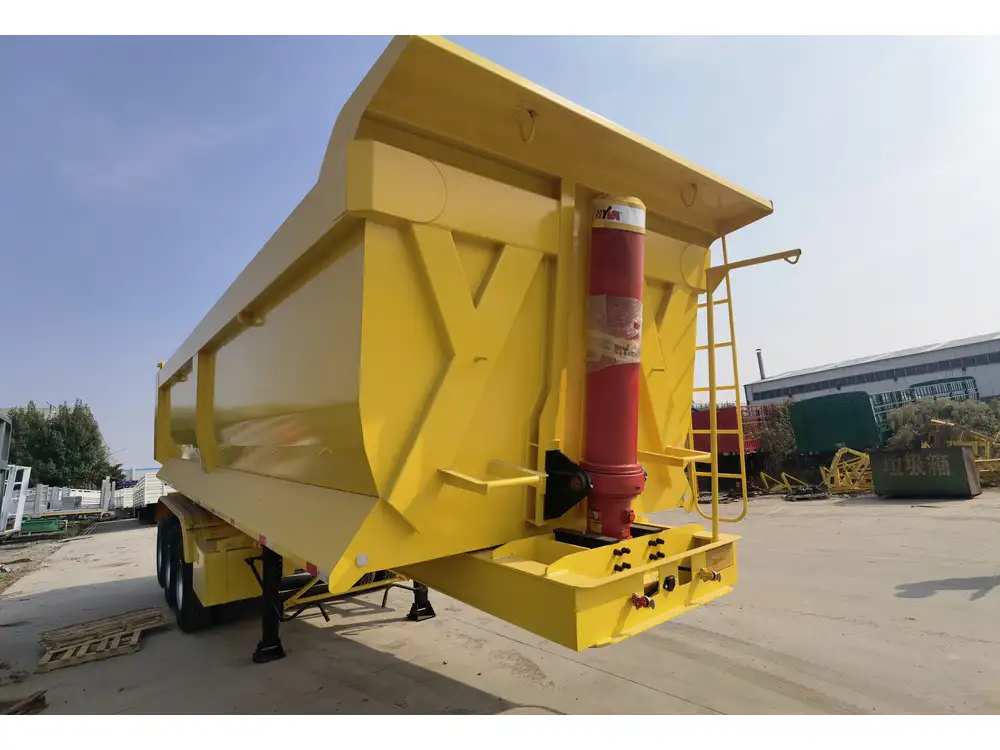
Key Considerations:
- Distance from Axles: Position the tank no more than a few feet from the axles to maintain a low center of gravity.
- Fuel Load Consideration: Remember that water weighs approximately 8.34 pounds per gallon; a full tank significantly alters load dynamics.
Accessibility and Convenience
Accessibility of the water tank facilitates ease of use, crucial for applications requiring frequent filling or emptying of the tank. Here are some general guidelines for ensuring convenient accessibility:
Recommended Practices:
- Front vs. Rear Placement: Early consideration of whether the tank is mounted at the front or rear can heavily influence convenience, especially if filling from ground level.
- Consider Hose Lengths: Ensure hoses are long enough for easy reach yet not so long that they pose a tripping hazard.
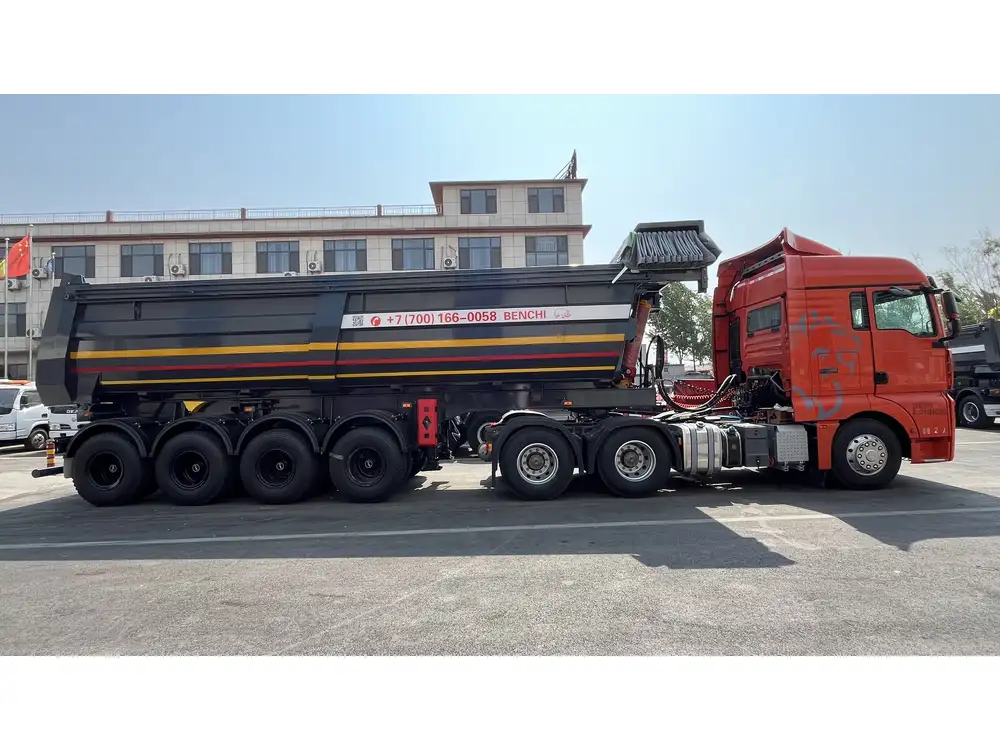
Safety First: Securing Your Water Tank
Safety is paramount in any transportation setting. A water tank that is not securely fastened can pose significant hazards. Here are essential safety measures:
- Use Quality Straps: Heavy-duty straps or brackets should be used to secure the tank firmly to the trailer.
- Regular Inspections: Conduct regular checks for wear and tear, ensuring no components are likely to fail during transit.
Ideal Trailer Mounting Locations for Water Tanks
Now that we’ve established the importance of proper placement, let’s delve into specific locations where water tanks can be mounted on a trailer. Here’s a structured breakdown:
1. A-Frame (Front) Mounting
A-frame mounting is an ideal choice for trailers designed for leisure or light-duty hauling.

Advantages:
- Low Center of Gravity: Keeps the weight low, enhancing stability.
- Easy Access: Convenient for frequent filling and usage, given its proximity to vehicle operations.
2. Over-Axle Mounting
Mounting the tank directly over the axle is one of the most effective locations for maintaining balance.
Advantages:
- Optimal Weight Distribution: Directly over the center of the trailer, enhancing handling and towing characteristics.
- Reduced Swaying: This placement minimizes lateral movement, making it safer for highway travel.
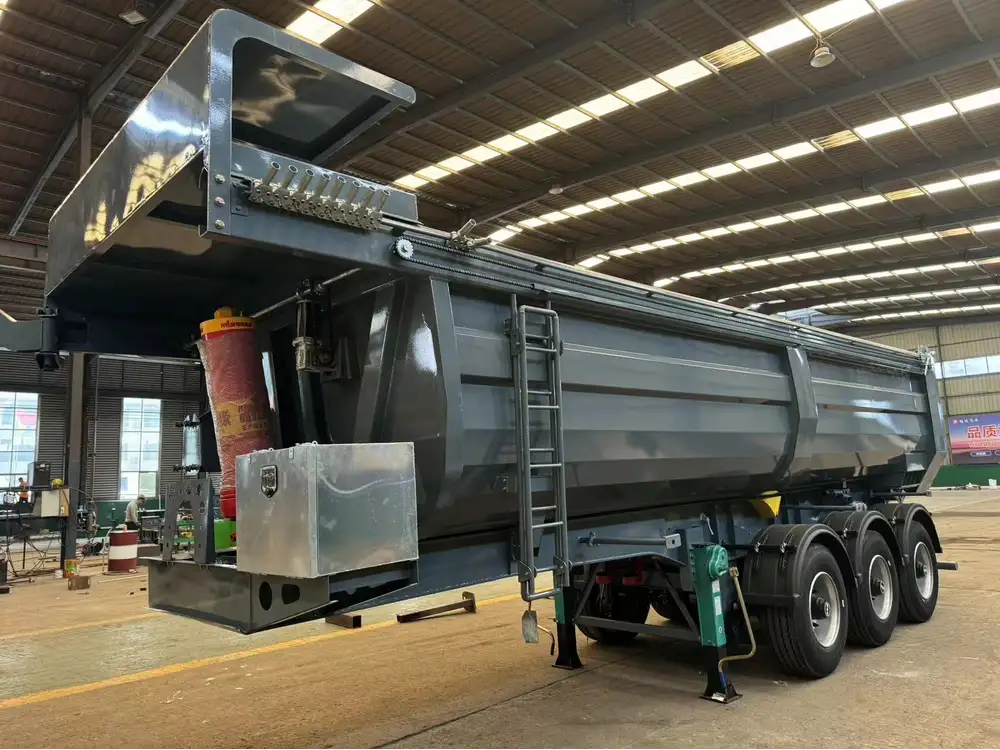
3. Rear Mounting
While less common, rear mounting can serve specific purposes, especially in agricultural applications.
Considerations:
- Balancing Compensations: Ensure the front is weighted enough to prevent lifting of the trailer tongue.
- Access to Equipment: This position can facilitate easier access to water lines for sprayers or other equipment at the rear.
Additional Factors Influencing Tank Placement
Aside from the core locations discussed, several other factors can influence the decision:

Size and Type of Tank
The type of tank (e.g., plastic, metal, or bladder) and its dimensions will directly affect where and how the tank can be mounted. For example, larger tanks may require specific positioning to comply with legal load limits or trailer structural integrity.
Mounting Hardware
The choice of mounting hardware (brackets, straps, etc.) impacts not just safety but also which mounting positions are feasible. Hydraulic mounts or adjustable supports may offer flexibility based on changing loads.
Trailer Type
Different types of trailers (flatbed, enclosed, or utility) offer varying opportunities and challenges for tank placement. Flatbeds may allow for an easy over-axle mount, while enclosed trailers may have overhead limitations.
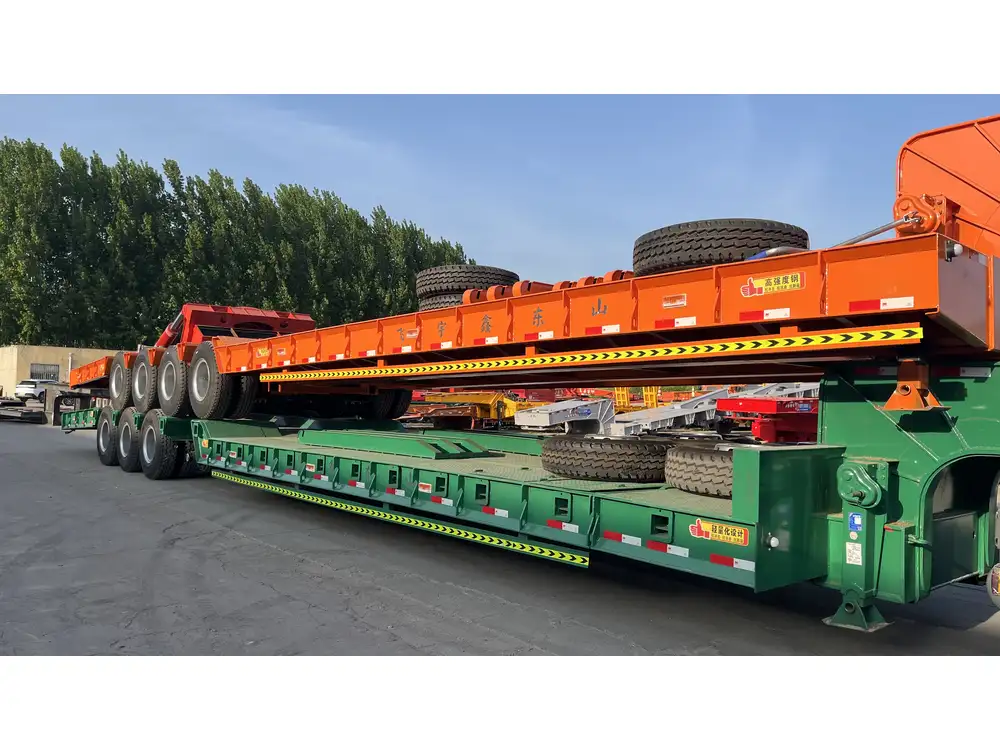
Regulatory Considerations
Understand that local regulations concerning trailer weight, load distribution, and securing guidelines can vary significantly. Compliance with these regulations is not merely advisable but often necessary to avoid steep fines or even accidents.
Common Regulations:
- Weight Limits: Regulations usually stipulate maximum weight capacities for trailers, including their load during operation.
- Secure Load Requirements: Many jurisdictions require that all loads, including water tanks, be properly secured.
Best Practices for Water Tank Maintenance
To ensure longevity and optimal performance, proper maintenance of the water tank is essential. Here are some best practices:
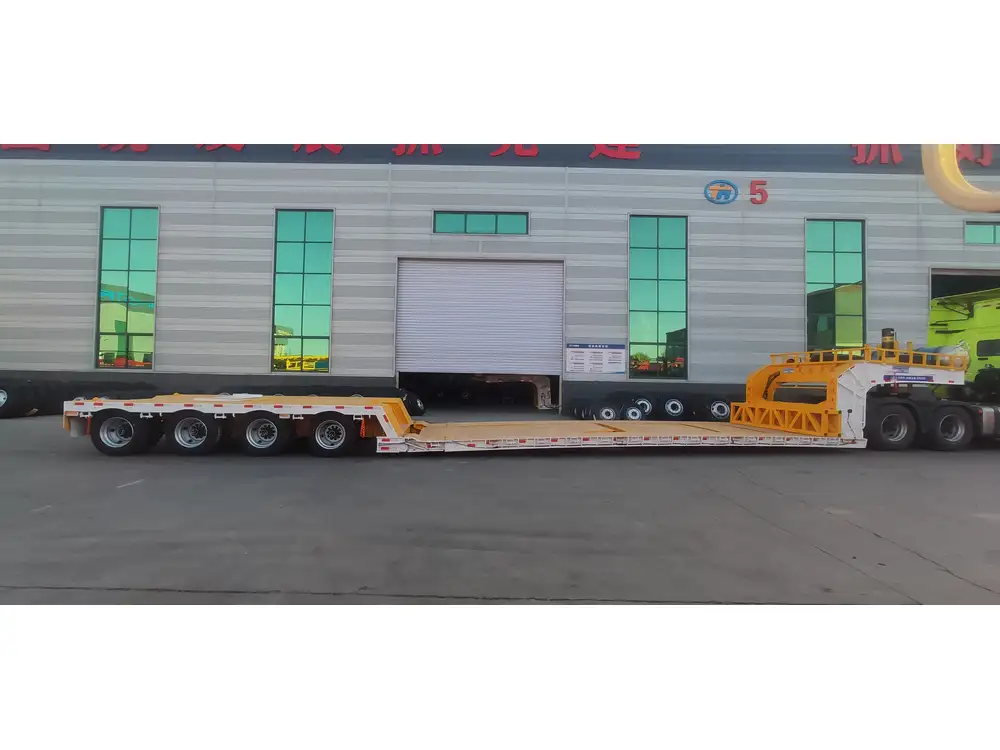
Regular Inspections
Conduct routine inspections of both the tank and its mounting hardware. Look for signs of wear, leaks, or damage that may necessitate repair or replacement.
Cleaning and Sanitation
Establish a schedule for cleaning the tank, especially for drinking water purposes. Contamination can lead to serious health issues, so it’s vital that water storage areas are regularly maintained.
Seasonal Considerations
Prepare your water tank for seasonal changes, particularly if it will be exposed to conditions leading to freezing. Drain and properly store the tank when not in use.

Conclusion: Making an Informed Decision
Determining where to mount a water tank on a trailer is a multifaceted issue that goes beyond aesthetics. It involves careful consideration of weight distribution, accessibility, safety, and regulatory compliance. By adhering to best practices and understanding the implications of different mounting locations, trailer manufacturers and owners can make decisions that enhance operational efficiency and ensure safety.
Future Considerations
As the trucking and transportation industry evolves, innovation in trailer design may introduce new opportunities and guidelines for water tank placement. Staying informed about emerging technologies, materials, and regulations can further empower users to optimize their trailer functionality.
By following the insights and recommendations presented here, you’ll not only ensure effective usage of your trailer’s water tank but also pave the way for a safer and more efficient hauling experience.



